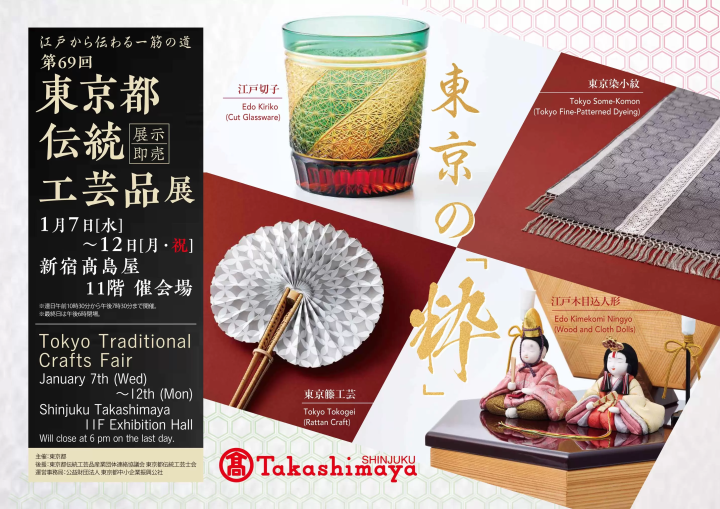Osaka Castle: Park, Tickets, Access, Nearby Hotels, and More

Learn about Osaka Castle, how to get tickets and avoid crowds, about the park and museum inside, how to access and time needed, hotels, and things to do nearby.
Osaka Castle Guide
1. Osaka Castle: Is It Worth Visiting?
- How Long to Spend at Osaka Castle
- Osaka Castle Visiting Hours: 9:00 - 17:00
- Tickets: Buy Online in Advance to Ensure Entry
2. Osaka Castle Museum: Exhibitions and Tower Deck
- Floor-by-Floor Guide to Osaka Castle
- B1 Floor: Osaka Castle Toyotomi Stone Wall Museum
- Our Tip: Visit Early to Avoid Crowds, or Seek Alternatives
3. Osaka Castle Park: Cherry Blossoms and Autumn Foliage
- Nishinomaru Garden
- Osaka Castle at Night: Light-up until After Midnight
4. Access to Osaka Castle: Nearest Stations
- From Osaka Station to Osaka Castle
- From Dotonbori to Osaka Castle
5. Hotels Near Osaka Castle
6. Osaka Castle History
7. Things to Do Near Osaka Castle
- Kimono Rental
- The Osaka Museum of History
- Dining at JO-TERRACE Osaka
Osaka Castle: Is It Worth Visiting?

Photo by Pixta
Osaka Castle provides a key understanding of Osaka's strategic significance throughout Japanese history.
Originally built in 1583 by Lord Toyotomi Hideyoshi (1537-1598) as his residence and the base for his efforts to unify Japan, the castle's history took a turn after the Tokugawa shogunate gained power. It was captured during the Siege of Osaka in 1615 and subsequently rebuilt in a manner that deliberately removed the marks of the Toyotomi clan.
The main building, home to the Osaka Castle Museum, is located within Osaka Castle Park, a sprawling 105.6-hectare area. The park encompasses various castle structures, including the Nishinomaru Garden, a plum grove, the Osaka Castle Toyotomi Stone Wall Museum, and an archery range.
Osaka Castle is worth visiting if you are interested in samurai history, Japan's history, or how Osaka became the vibrant city it is today.
How Long to Spend at Osaka Castle
Allow approximately one hour for visiting the Osaka Castle Museum. Please be aware that reaching the museum building from any of the gates takes an additional 10 minutes.
To explore the gardens, the Osaka Castle Toyotomi Stone Wall Museum, and other structures up close, plan for a visit of 3 to 5 hours.
Osaka Castle Visiting Hours: 9:00 - 17:00
The Osaka Castle Museum can be visited every day from 9:00 to 17:00, with the last entry at 16:30. The museum is only closed during the New Year holidays from December 20 to January 1.
The Osaka Castle Toyotomi Stone Wall Museum is open from 9:00 to 18:00, with the last entry at 17:30.
The Osaka Castle Park itself is open 24 hours a day.
Tickets to Osaka Castle: Buy Online in Advance to Ensure Entry
Admission tickets to Osaka Castle are priced at 1,200 yen for adults and 600 yen for children. We highly recommend that visitors purchase their tickets online in advance, as the ticket office at the castle museum can become very crowded.
Tickets can be purchased online through the official website or through online booking platforms like Klook.
Tourist passes, such as the Osaka Amazing Pass, include admission to Osaka Castle, as well as transportation by subway and access to other attractions. Be sure to consider these options as well.
Please note that the Nishinomaru Garden and the recently opened Osaka Castle Toyotomi Stone Wall Museum require separate entry fees.
Osaka Castle Museum: Exhibitions and Tower Observation Deck

Photo by Pixta
The inside of Osaka Castle is a history museum with permanent and temporary exhibitions. The structure has eight floors in total, with the eighth floor being the rooftop observation deck in the tower. Located 50 meters above ground, the tower deck offers panoramic views of Osaka City.
The Osaka Castle Museum has an elevator inside, providing easy access to all of its floors, including the rooftop deck. It is one of the very few wheelchair-friendly castle structures in Japan.
Floor-by-Floor Guide to Osaka Castle
- The 1st floor is the entrance area. If you're gathering castle stamps, this is where you can find the Osaka Castle stamp corner.
- The 2nd floor has a display of panels explaining the basic structure of Japanese castles in general, as well as the distinctive features of Osaka Castle and its history.
- The 3rd and 4th floors host temporary exhibitions related to Osaka Castle and its founder, Toyotomi Hideyoshi (1537-1598). Please note that photography is not allowed on these floors. Check the official website to see the content of the exhibitions.
- The 5th floor is home to a permanent exhibition about the Siege of Osaka (1615), the battle in which the castle fell in the hands of the Tokugawa shogunate.
- The sixth floor is a corridor and cannot be accessed.
- The 7th floor has a permanent exhibition related to Lord Toyotomi Hideyoshi's life and achievements. Alongside his predecessor Oda Nobunaga (1534-1582) and shogun Tokugawa Ieyasu (1543-1616), Toyotomi Hideyoshi is regarded as one of Japan's three great generals who significantly shaped the country's history.
- The 8th floor, located 50 meters above ground, is the tower observation deck. Visitors can enjoy panoramic views of Osaka from here. Just like the other floors, this deck can be accessed by elevator and is wheelchair-friendly.
B1 Floor: Osaka Castle Toyotomi Stone Wall Museum
The first basement floor is the entrance to the Osaka Castle Toyotomi Stone Wall Museum, which opened on April 1, 2025.
Here, visitors can view the remnants of the former walls of Osaka Castle as they appeared before 1615, when the castle was conquered by the Tokugawa clan.
The museum showcases the remarkable construction techniques employed by Toyotomi Hideyoshi, which contributed to Osaka Castle's reputation for being impregnable.
Additionally, you can observe that the original walls have been buried under 6 to 10 meters of earth since the castle's reconstruction by the Tokugawa clan, seemingly intended to erase the legacy of the Toyotomi clan, the castle’s former owners.
For more details, visit the official website of Osaka Castle. Please note that the museum requires a separate entry fee: 1,200 yen for adults and 600 yen for high school students and above.
Our Tip: Visit Early to Avoid Crowds, or Seek Alternatives
The Osaka Castle Museum opens at 9:00 AM. We recommend arriving shortly before the opening hours if you wish to visit the castle on the inside. A popular Osaka landmark, the castle tends to become very crowded.
If you're eager to visit a Japanese castle but find Osaka Castle too crowded, consider exploring other options. Gifu Castle, built in the early 1570s as a residence for General Oda Nobunaga, served as a model for many subsequent castles in Japan.
Himeji Castle, located relatively close to Osaka, is another excellent choice. Known as "the White Heron," it is renowned for its breathtaking beauty and is considered the most exquisite castle in Japan.
Nagoya Castle was constructed by shogun Tokugawa Ieyasu, who succeeded Hideyoshi in governing Japan. Additionally, Okazaki Castle is notable as the birthplace of Tokugawa Ieyasu.
All of these castles are easily accessible from Osaka, offering great alternatives for those wishing to experience Japanese castles. However, please note that Osaka Castle is the only one equipped with an elevator.
Osaka Castle Park: Cherry Blossoms and Autumn Foliage
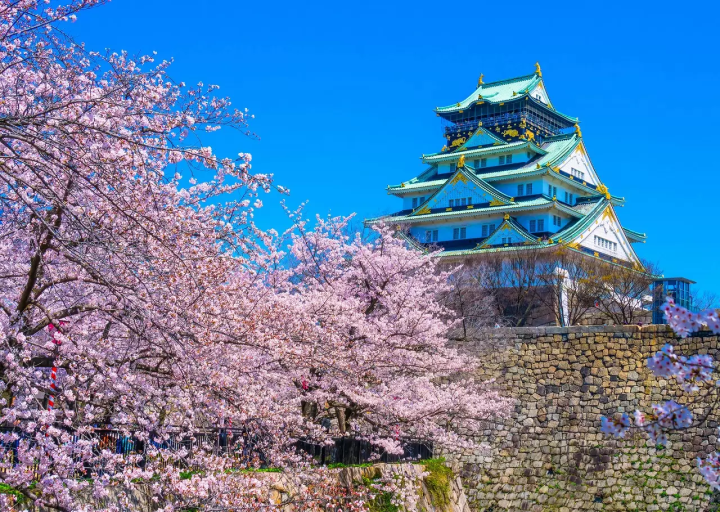
Photo by Pixta
Osaka Castle Park is a prime destination for cherry blossom viewing in Osaka. Approximately 3,000 cherry trees bloom from late March to mid-April, creating an ideal setting for spring picnics. During this season, the park hosts a festival featuring food stalls with local delicacies perfect for enjoying under the blossoms.
Before the cherry blossoms, visitors can appreciate the park's 1,200 plum trees that bloom from January to March. The park offers refreshing greenery throughout the spring and summer.
In late November and early December, Osaka Castle Park transforms into an autumn foliage hotspot, showcasing vibrant red maple trees. Indeed, the park provides a tranquil natural escape year-round.
Nishinomaru Garden
Within Osaka Castle Park lies Nishinomaru Garden, recognized as an important cultural property of Osaka City. This Japanese garden is believed to have been the site of the former residence of Kodain (Lady Nene), the wife of Lord Toyotomi Hideyoshi.
Nishinomaru Garden features a pond and the Hoshoan teahouse, offering seasonal beauty, including approximately 300 cherry blossom trees. Visitors can also enjoy excellent views of the castle tower and the outer moat from this location.
Please be aware that entry to Nishinomaru Garden requires a separate fee of 200 yen, and the garden is closed on Mondays.
Osaka Castle at Night: Light-up until After Midnight
Osaka Castle is beautifully illuminated every evening after sunset, with the lights shining until past midnight, specifically at 12:30 AM.
Access to Osaka Castle
The nearest train stations to Osaka Castle are the JR Osakajokoen Station and the Tanimachi Yonchome Station (Osaka Metro Tanimachi Line and Chuo Line), the latter of which is the closest to Otemon, the castle's main gate.
Morinomiya Station on the Chuo Line is also often mentioned as being close to Osaka Castle. However, it takes about 21 minutes on foot to reach the castle from the station.
From Osaka Station to Osaka Castle
To reach Osaka Castle Park from Osaka Station, take the JR Osaka Loop Line to Osakajokoen Station. This is a 10-minute ride costing 180 yen.
From Osakajokoen Station, the Osaka Castle Museum is approximately a 15-minute walk through Osaka Castle Park.
From Dotonbori to Osaka Castle
To travel to Osaka Castle from Dotonbori, first go to Namba Station. From there, take the Midosuji Line to Hommachi Station (a 3-minute ride).
At Hommachi Station, transfer to the Chuo Line (local train) and continue for another 3 minutes to Tanimachi Yonchome Station, the closest station to Osaka Castle. From Tanimachi Yonchome Station, it's just a 15-minute walk to the castle tower.
Hotels Near Osaka Castle
Staying at a hotel with views of Osaka Castle offers the chance to create unforgettable memories of your time in Osaka.
DoubleTree by Hilton Osaka Castle: Stylish Rooms with Osaka Castle Views
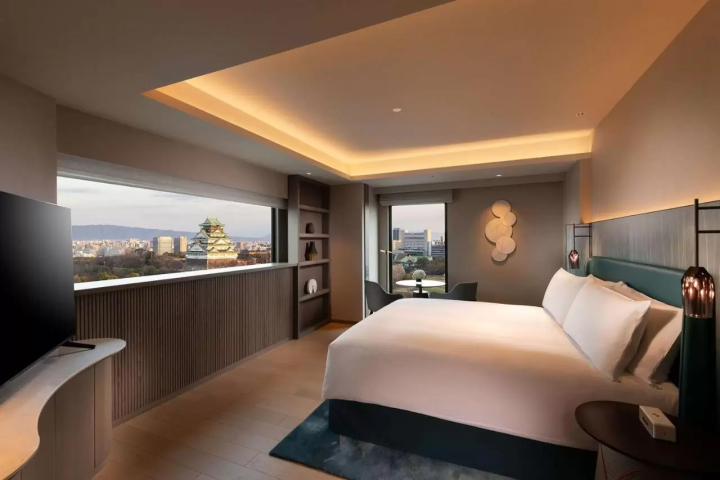
Picture courtesy of Booking.com
The stylish 4-star DoubleTree by Hilton Osaka Castle offers comfortable, beautifully designed rooms with views of Osaka Castle, also visible from its restaurants.
Previous guests have praised the hotel's high-quality buffet-style continental breakfast, relaxing pool and gym, and particularly the splendid nighttime views of Osaka Castle.
Hotel New Otani Osaka: For a Luxurious Stay with Osaka Castle Views

Picture courtesy of Booking.com
Located directly in front of Osaka Castle, Hotel New Otani Osaka is one of Japan's premier luxury hotels. Guests can enjoy breathtaking panoramic views of the castle from their rooms and the restaurant.
This fully-equipped hotel also offers a pool, gift shop, and children's nursery. Known for its outstanding customer service, it is an excellent choice for those seeking a luxurious overnight stay.
KKR Hotel Osaka: Affordable Room Rates and Osaka Castle Views
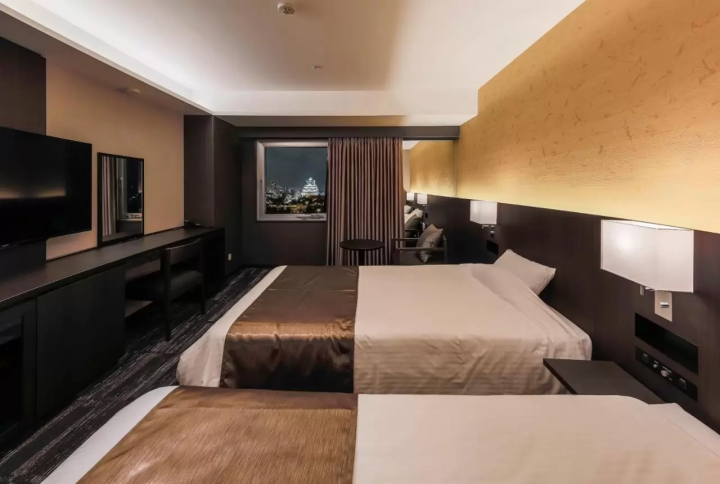
Picture courtesy of Booking.com
For budget visitors interested in views of Osaka Castle from their guest room, please check out the KKR Hotel Osaka.
Not only can guests get stunning views of Osaka Castle from the comfort of their rooms, but they can also enjoy a meal in a tearoom with an extravagant Japanese atmosphere.
There's also a shuttle bus connecting Morinomiya Station (the nearest station) with the hotel. This makes hotel accessibility simple and convenient.
*4 Guest rooms: please note that views of Osaka Castle are only available from rooms that face the castle's direction.
Osaka Castle History
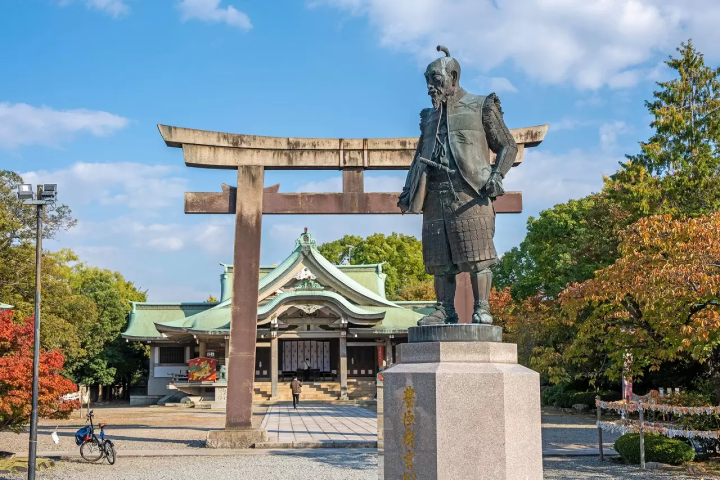
Statue of Lord Toyotomi Hideyoshi. Photo by Pixta
Osaka Castle, originally constructed in 1583 by Toyotomi Hideyoshi (1537-1598), played a pivotal role in the unification of Japan during the late 16th century. The castle served as the center of political power and symbolized Hideyoshi's strength.
After Hideyoshi's death in 1598, the castle witnessed significant events, including the Siege of Osaka in 1615, which ultimately led to its destruction. In 1620, the Tokugawa shogunate rebuilt the castle, enhancing its defensive structures by covering the previous walls with 6 to 10 meters of earth.
After the Imperial Restoration of 1868, the Osaka Castle, a symbol of Japan's samurai past, fell into decay. The Osaka citizens wanted to rebuild the castle as a monument of the past, and in 1931, the castle’s keep was completed and adorned with gold leaf details. However, it was again damaged during World War II and underwent extensive restoration.
Today, Osaka Castle stands as a prominent historical landmark and museum, attracting visitors with its beautiful gardens and panoramic views of the city. Recognized for its historical significance and architectural grandeur, Osaka Castle remains a symbol of Osaka and a testament to Japan's tumultuous past.
Fans of the "Shogun" series will surely want to visit Osaka Castle. This is where William Adams, the historical figure who inspired the character of John Blackthorne, was transported after his ship reached the shores of Kyushu.
Things to Do Near Osaka Castle
The Osaka Castle area is less crowded than the center of the city, making an excellent place to explore for those who love nature and history. Read on to learn some of the best things to enjoy near Osaka Castle, from kimono wearing to museums and dining.
Kimono Rental Near Osaka Castle
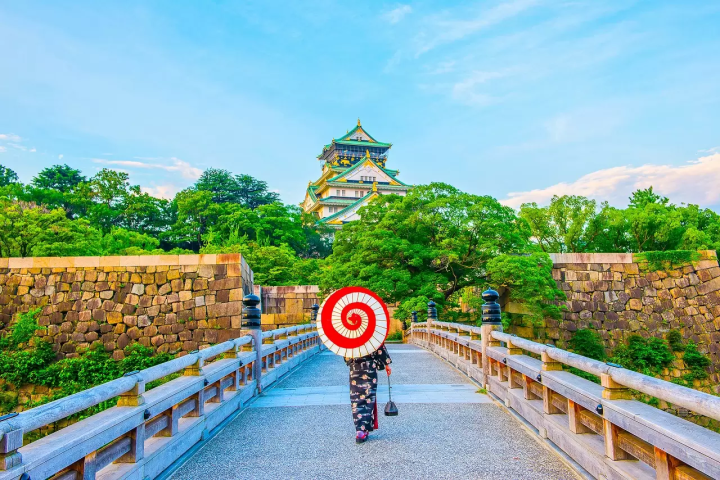
Photo by Pixta
Strolling through Osaka Castle Park in a kimono makes for a truly memorable experience. For kimono rental services, we recommend Maikoya, which offers various Japanese cultural experiences in Tokyo, Kyoto, and Osaka.
Maikoya's kimonos often feature beautiful seasonal designs, providing a wonderful way to appreciate Japanese aesthetics.
In addition to kimono wearing, Maikoya's Osaka location offers other cultural activities nearby, such as tea ceremonies, Japanese cooking classes, and various workshops. Please visit Maikoya's Osaka website for more information.
While kimonos are comfortable, please exercise extra caution when climbing stairs, as it's easy to trip.
Visit the Osaka Museum of History
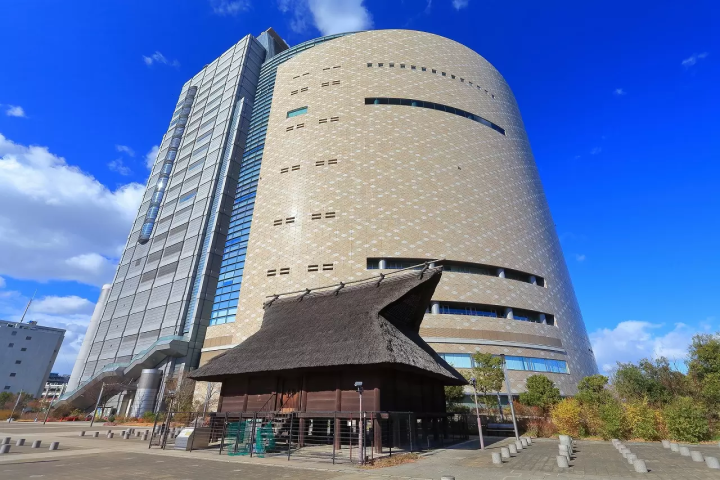
Osaka Museum of History. Photo by Pixta
For those interested in the history of Osaka and western Japan, the Osaka Museum of History is conveniently located near Osaka Castle Park and offers a rich learning experience.
The museum boasts impressive displays, such as a recreation of the Nara period imperial court, as well as interactive and easily digestible exhibits that trace Osaka's historical development into the major metropolis it is today.
An added bonus is the opportunity to see and photograph Osaka Castle from inside the museum. With the convenience of a cafeteria, it's a great addition to any visit to the area.
Dining near Osaka Castle: JO-TERRACE OSAKA
If you're looking for a convenient place to have lunch or a snack after visiting Osaka Castle, JO-TERRACE OSAKA, situated near Osakajokoen Station, is ideal. This shopping and dining complex offers a wide range of options.
Inspired by the historical "jokamachi" – castle town areas – JO-TERRACE OSAKA features numerous restaurants, cafes, and shops selling local delights, guaranteeing visitors plenty of choices for their post-castle meal.
FAQ
How much time do you need at Osaka Castle?
To fully experience Osaka Castle and its surroundings, visitors typically spend around 2 to 3 hours at the site. This allows enough time to explore the castle grounds, visit the main keep (which often includes exhibitions showcasing the history of the castle and the region) and the recently opened Osaka Castle Toyotomi Stone Wall Museum, stroll through the Nishinomaru Garden (especially beautiful during cherry blossom season), and take in the scenic views of the castle from various vantage points. Additionally, visitors might want to browse the nearby museums, relax in the park, or enjoy some of the local shops and food stalls in the area.
Is it worth going inside Osaka Castle?
Visiting the interior of Osaka Castle can be worth it for those interested in history, architecture, and experiencing a piece of Japan's past. Inside the castle, you can explore exhibitions that detail the history of the castle, its significance in Japanese history, and artifacts from the past. The view from the top of the castle also offers a panoramic perspective of Osaka and its surroundings. While some visitors might find the interior exhibitions and views rewarding, others may appreciate the exterior and the castle's picturesque grounds more. Ultimately, the decision to go inside Osaka Castle depends on personal interests, with many finding value in both the interior experience and the external beauty of this iconic landmark.
What to expect in Osaka Castle?
When visiting Osaka Castle, you can expect a combination of historical exploration, scenic beauty, and cultural experiences. Within the castle grounds, you will find the majestic castle keep surrounded by impressive stone walls and moats, evoking the grandeur of Japan's feudal past. The interior of the castle houses a museum that delves into the history of Osaka Castle and its significance, showcasing artifacts, exhibits, and information about the castle's role in Japanese history. Visitors can climb to the top of the castle keep for panoramic views of Osaka and its surroundings. The expansive grounds surrounding the castle offer opportunities for leisurely walks, cherry blossom viewing (during sakura season), and picnics. Throughout the year, various events and activities take place, adding to the vibrant atmosphere around this iconic landmark.
Is it better to go to Osaka Castle in the morning or afternoon?
Visiting Osaka Castle in the morning can offer a quieter and less crowded experience, allowing you to explore the castle grounds and interior at a more leisurely pace. The morning light can also be ideal for capturing photos with softer, more flattering lighting conditions. On the other hand, visiting in the afternoon may provide a livelier atmosphere with more visitors, especially if you enjoy the buzz of activity and potential opportunities for people-watching. Additionally, afternoon visits might align better with other sightseeing plans you have for the day.
Which is better Himeji castle or Osaka Castle?
Deciding between Himeji Castle and Osaka Castle in Japan hinges on individual preferences. Himeji Castle, known as the White Heron Castle, stands out as a UNESCO World Heritage Site with its striking white facade, expansive grounds, and well-preserved historical architecture, providing visitors with an immersive and authentic historical experience. On the other hand, Osaka Castle was completely rebuilt through civic efforts in the 20th century; it offers a blend of history and modern amenities, featuring an elevator-equipped museum inside the castle with historical displays and artifacts. The castle's surroundings are perfect for leisurely walks and picnics, particularly during cherry blossom season, making it a convenient and popular choice for tourists staying in Osaka. Both castles showcase Japan's rich cultural heritage, catering to different preferences for those seeking historical depth or a mix of history and accessibility.
Are there cherry blossoms at Osaka Castle?
Osaka Castle is surrounded by cherry blossom trees, making it a popular spot for hanami (cherry blossom viewing) during the spring season. The castle grounds and the area around Osaka Castle Park are adorned with cherry trees that bloom beautifully, creating a picturesque setting for visitors to enjoy the fleeting beauty of the sakura. During the peak of cherry blossom season, usually in early to mid-April, the area around Osaka Castle is a delightful place to experience the traditional Japanese custom of hanami and to revel in the beauty of the pink blossoms against the backdrop of this historic landmark.
Enjoy Your Visit to Osaka Castle
We've highlighted the attractions of Osaka Castle Park, hotels offering castle views, key features of Osaka Castle itself, and nearby points of interest.
We hope you'll experience the rich history and magnificent presence of Osaka Castle on your next trip to Osaka and the Kansai region!
Hotels near Osaka Castle
Read also
Main image by Pixta
Ramona, English content editor at MATCHA since 2016, has been practicing ikebana flower arrangement (Ikenobo School) and tea ceremony (Omote Senke) since 2012. She arrived in Japan in 2012 as a graduate student with a focus on Japanese literature and performing arts. As a travel editor and writer, Ramona has visited and documented 40 of Japan's prefectures with a focus on art, history, traditional Japanese crafts, and performing arts.







































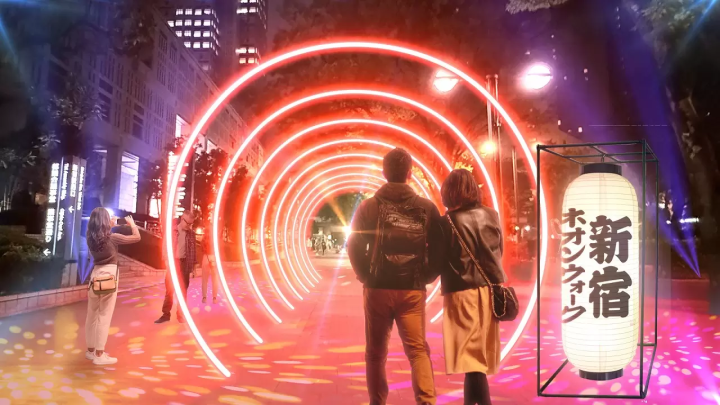
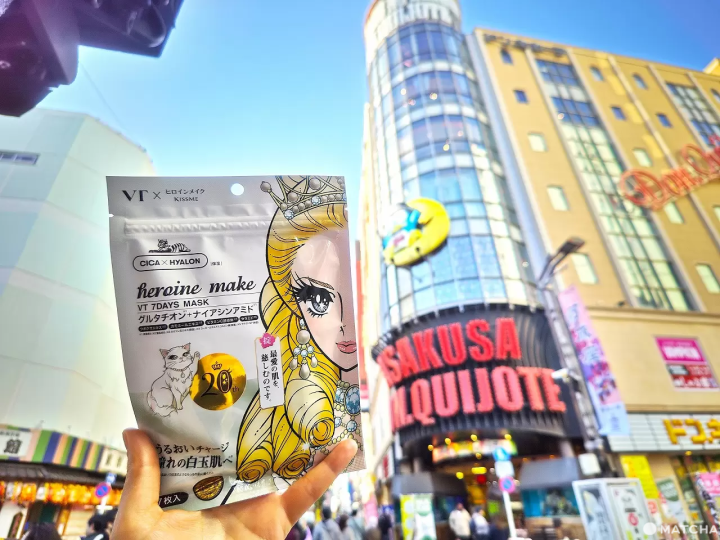
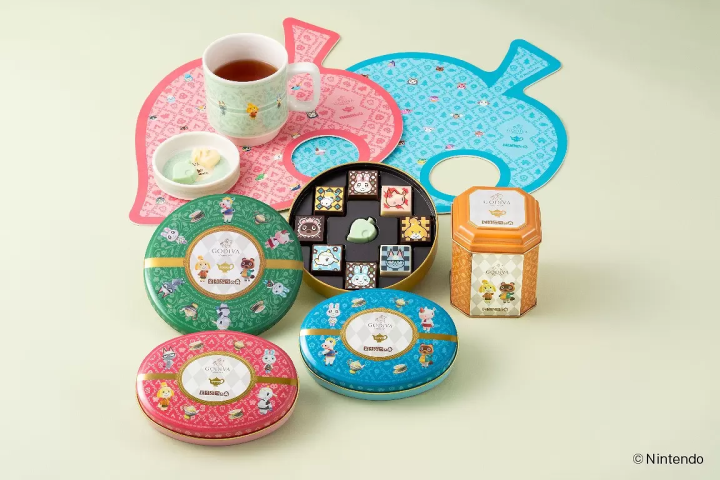
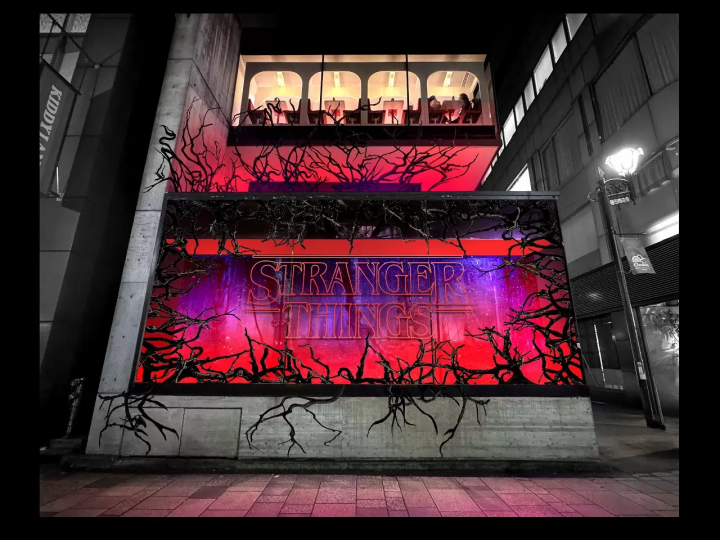
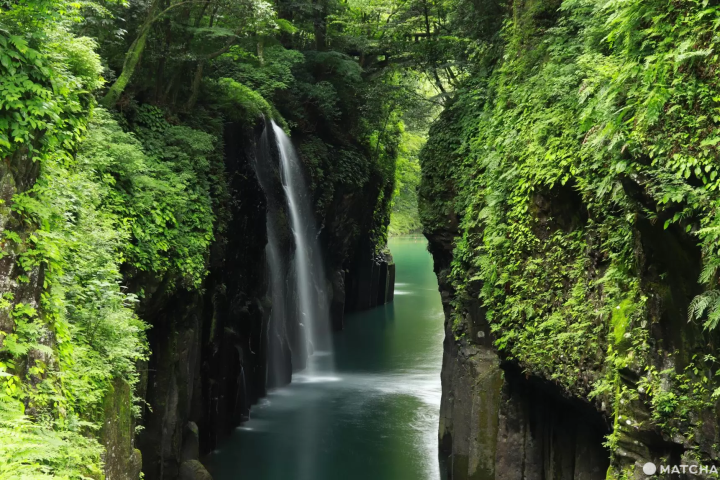





![[JR KYUSHU HOTEL Blossom Oita] A hotel directly connected to Oita Station - A comprehensive guide to access!](https://resources.matcha-jp.com/resize/720x2000/2025/10/23-247814.webp)
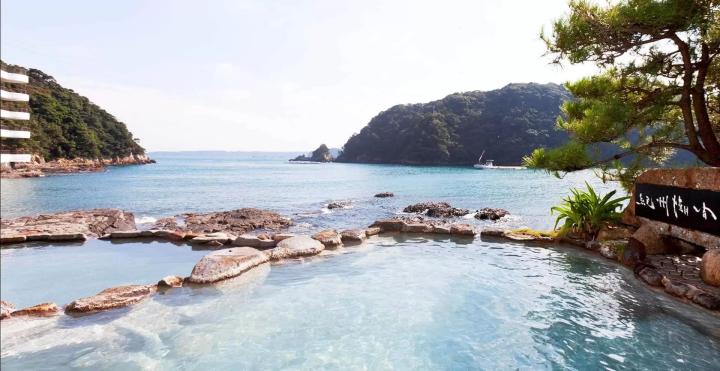
![Deep dive into Japanese brands! A tour of famous leather shoe stores with GENSEI & Nin [Harta Edition]](https://resources.matcha-jp.com/resize/720x2000/2025/12/18-253277.webp)
